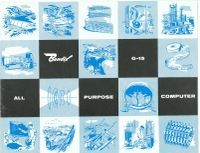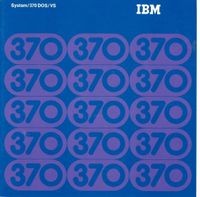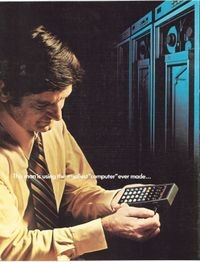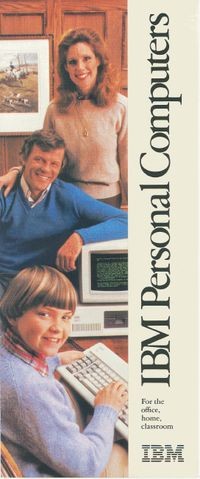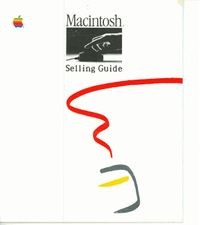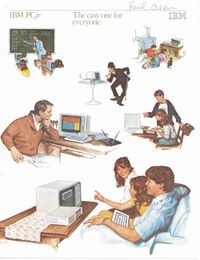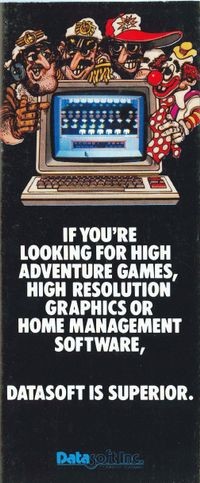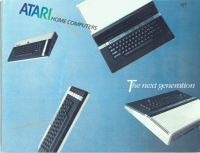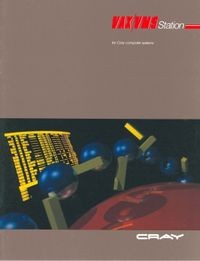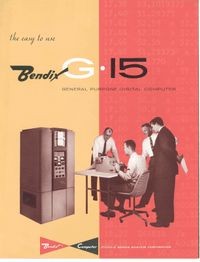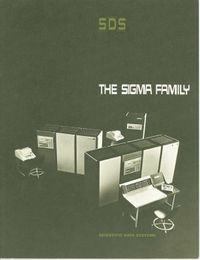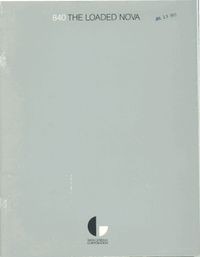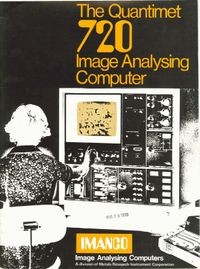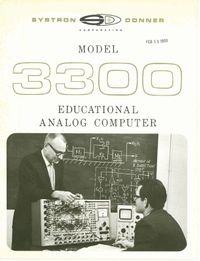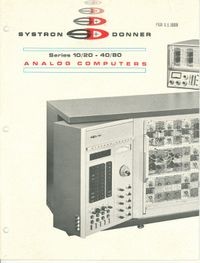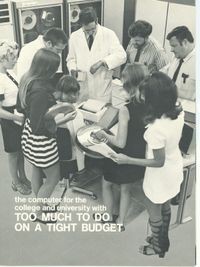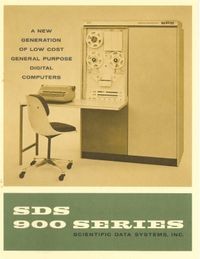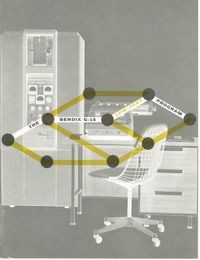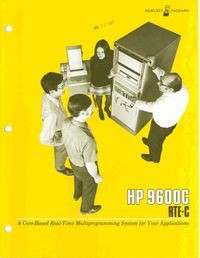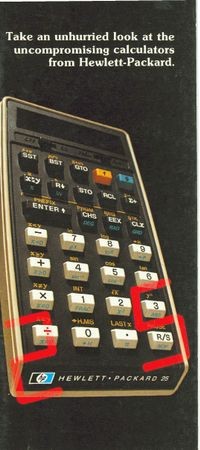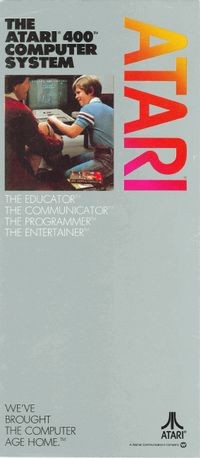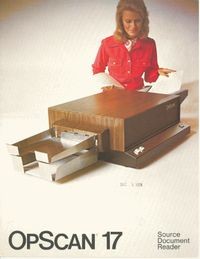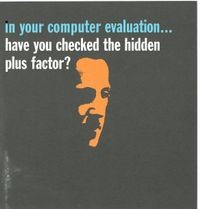Educational
Before the microprocessor, computer use in education was limited to batch mode interaction with a mainframe or minicomputer, one typically had to learn programming in BASIC or FORTRAN. Most of these systems functioned in a timesharing (remote job entry or dial-up connection) basis. There were a small number of exceptions—the CDC Plato system, for example—but they were extremely expensive to operate and maintain.
Beginning in the late 1970s, the microprocessor allowed millions of students, who had never used a computer at all to use one as part of their regular schooling experience. Besides learning how to program a computer, many school districts purchased inexpensive personal computers (such as the Commodore PET or the Apple II) as a way to teach traditional subjects such as spelling, typing, history or mathematics.




